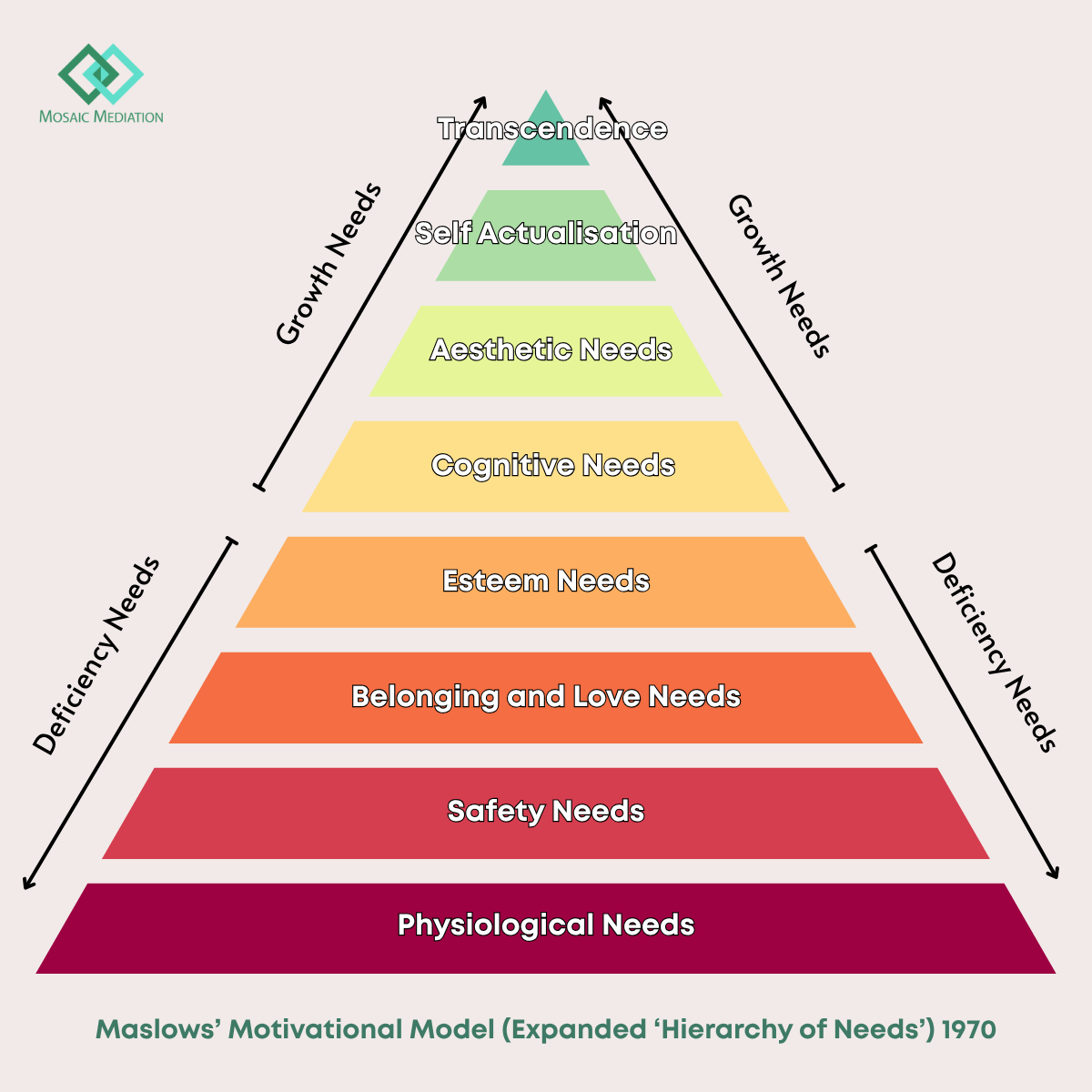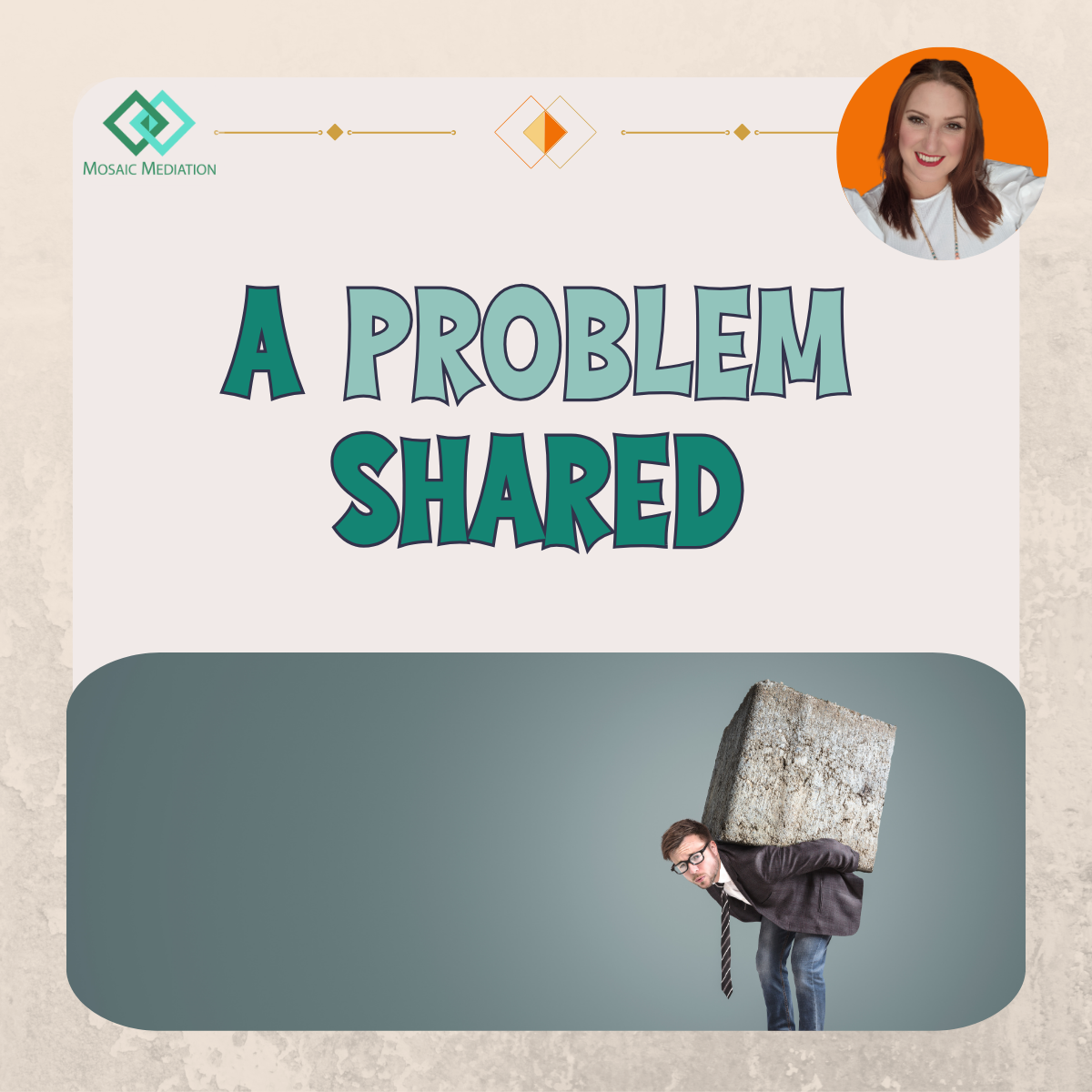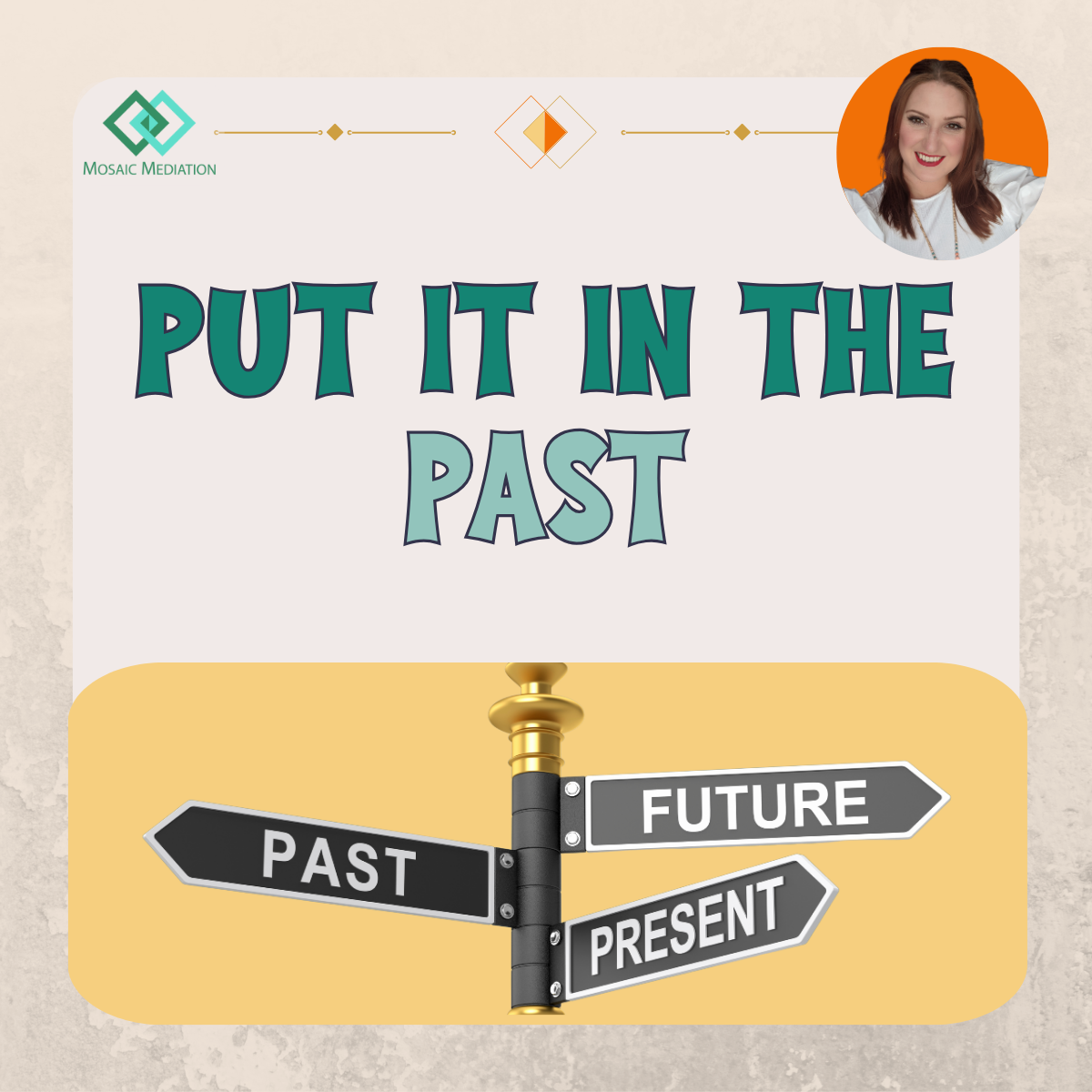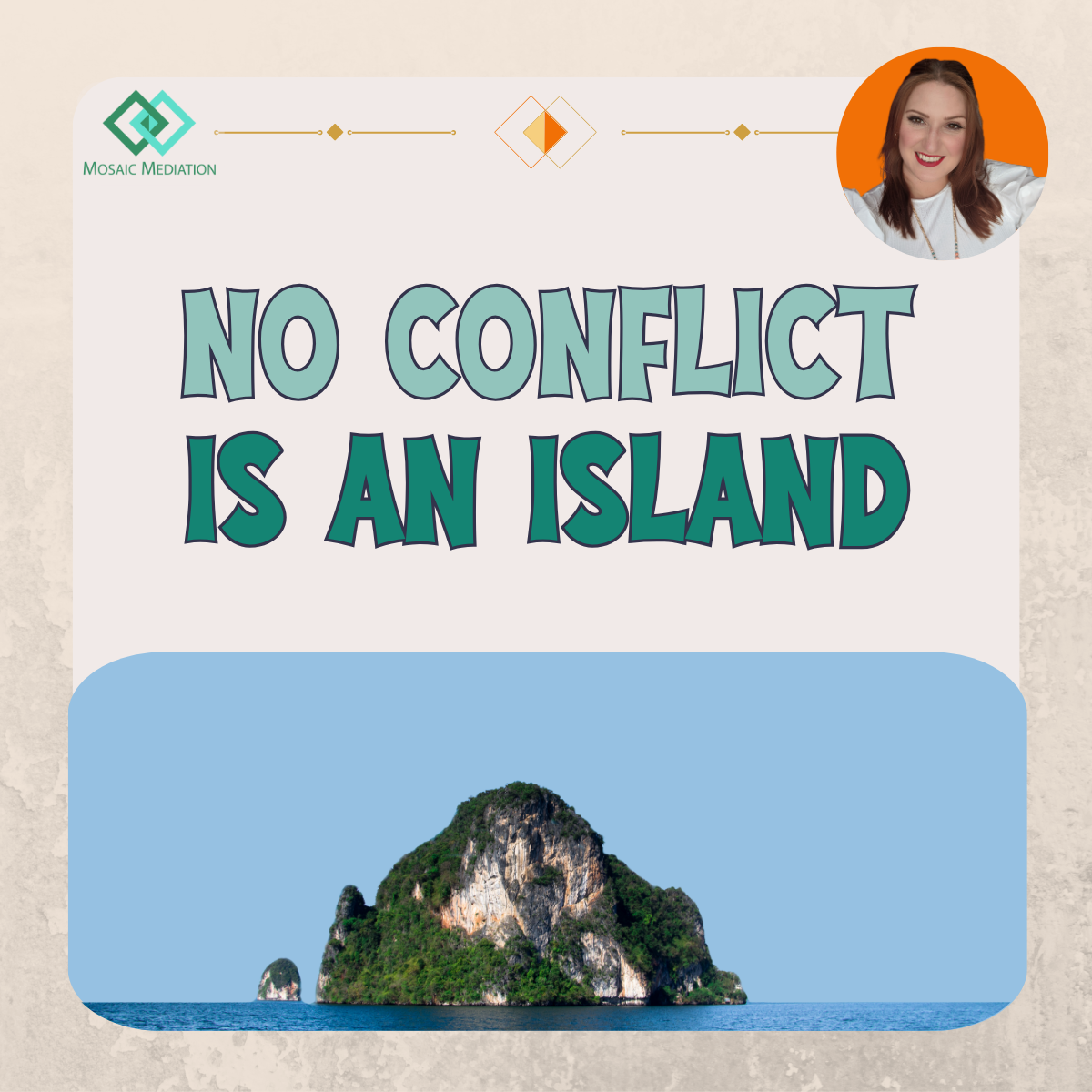What is Underneath the Behaviour?
Understanding what leads to miscommunication.

“I will never eat chocolate ever again!”
We don’t always say exactly what we mean, do we? When my youngest child shouted the above statement when she was little, I almost burst out laughing because of how nonsensical it was.
Many years on, she finds it funny that she said it and had no idea why she did. I have an inkling…
Having spent some time working at a pre-school during my law degree days, and then running a toddler group for a few years, I am well aware that - although young children have a wonderful way of being painfully honest – sometimes the adult might have to dig a little bit deeper to understand some behaviours.
My chocolate-loving child had no intention of avoiding chocolate forever.
Without fully understanding that the only person impacted by such a promise would be her, it was clear to me that this statement could have been replaced by anything similarly extreme. The subconscious intention manifesting in her child-like reaction, I believe, was to communicate that she wanted to be taken seriously! Underneath the seemingly absurd statement was a need to feel heard.
Even as adults, it is a sad irony that when people are most significantly experiencing a ‘need’, their mindset often becomes an obstacle to communicating that need.
This challenge is what so often leads to miscommunication and misunderstanding - the behaviour distracting the individual and those around them from the core need or message they were striving to communicate.
Human Needs
The most common theory on ‘human needs’ is found in Abraham Maslow’s ‘Hierarchy of Needs’ (1943), which is often illustrated as a pyramid of types of need. Starting at the bottom of the pyramid from the fundamental and foundational needs to working our way up to the more ‘aspirational’ and self-improvement ones…
1. Physiological Needs – like food and shelter
2. Safety and Security – from work, good health and family/social systems
3. Love and Belonging – from good relationships and connection
4. Self-Esteem – through being confident and having the respect of others
5. Self-Actualisation – found in creativity, experience purpose, meaning and morality
The ‘needs’ described here are more significant that needing the latest fashion trend or highly rated book. These needs influence how we make vital life decisions and interact with people on a daily basis. (And, Maslow even went on to expand the model to include additional types. See image below)

As a workplace mediator, I particularly notice certain needs arising within workplace scenarios – such as difficult interactions happening after an organisation goes through a restructure of some kind. Even if the change only relates to their line manager, any change that has the potential to impact someone’s livelihood, can bring up concerns around ‘Safety and Security’ or ‘Self-Esteem’ – or elements from all the other need types in the pyramid!
Tony Robbins developed an alternative framework to explain variations in human behaviour with his ‘6 Human Needs’ (2020) model. He argues that the 6 psychological needs - certainty, variety, significance, love and connection, growth, and contribution – drive all human decisions and behaviours. The first four, he describes as ‘Personality Needs’ and the last two as ‘Spiritual Needs’. Everyone is likely to prioritise each of the six needs differently, depending on our innate temperament, our childhood experiences, the culture we grow up in, and the stage of life we are in.
You can imagine how either human needs framework might explain how, when those needs are perceived to be at risk or are fundamentally unmet, the effectiveness of someone’s communication is likely to be impacted. This is especially true when the individual is unaware of what is causing them to feel so unsettled.
Core Fears
One element that I consider noteworthy in every DISC profile is reading what someone’s communication style ‘Core Fear’ is. From my perspective, needs often highlight what someone is seeking and going towards and, though motivations are strongly featured in a DISC profile report, the core fear highlights the thing they try to avoid.
Sometimes, when I explore this core fear with the DISC profile owner, they share that they are not currently afraid of that thing – then reflecting on it realise that many of the life decisions they have made ensure that fear is unlikely to factor into their reality!
When I know – or think I know – what someone’s DISC communication style is, it often helps me interpret their behaviour better - in particular, their instinctive reactions to a situation.
For example, someone with a ‘D-style’ core fear is likely to be around losing control or fear of being taken advantage of. Interestingly, this style is motivated by the opposite – being in charge and winning. To avoid this fear, if someone with a ‘D’ communication style becomes subconsciously aware of the potential to lose control, they are likely to react rather than calmly respond.
Their response may be entirely reasonable, but an instinctive reaction could also be the precursor to appearing unnecessarily dominant and aggressive in their approach.
In contrast, an ‘S-style’ core fear is often related to loss of stability or relationships – in which case, they might end up saying ‘yes’ when they disagree, to keep the peace. Or, they may end up overcommitted in order to maintain job security. A reaction to this core fear materialising might lead to ambiguous or confusing communication – which of course can lead to miscommunication, particularly regarding needs.
Unique perceptions
To add to the above collection of factors that contribute to instinctive reactions, we all have a unique ‘frame of reference’ (those who are interested in NLP might refer to this as someone’s ‘map of the world’). The frame of reference includes all those influencing factors that form our perception of situations – our education, our childhood experience, work experience, relationships, culture, etc.
Our frame of reference influences how we interpret the meaning of other people’s words and behaviours. What one person would consider ‘frank honesty’ another might label as a ‘verbal attack’. Similarly, what one person might frame as minor, another might consider to be incredibly significant.
This difference in how we interpret interactions, assign value, and the meaning we give to words makes it even more likely for people to misunderstand each other.
What is underneath?
Though behaviours that are destructive to productivity and human relationships should not necessarily be ignored, what I think the various needs models, frame of reference, and DISC core fears indicate is that the behaviour is only part of the story.
People often ask me how on earth I could enjoy mediation, when it involves so much conflict. The answer is simple – though the behaviour is relevant and has natural consequences, I am more interested in what is happening ‘underneath’ the behaviour.
When my daughter declared that she would never eat chocolate again, (after composing myself) I could have just considered it a ridiculous statement and left it at that. Instead, from experience and insight into seemingly bizarre reactions, I chose to be curious… “I’m listening. What are you trying to tell me?”
While avoiding a scenario in which you make the mistake of assuming you have the permission or relevant authority to ‘diagnose’, perhaps the next time you witness a reactive and unexplainable behaviour, perhaps it is worth getting curious about what is happening underneath?
Would you like to know more about DISC and communication styles? Mosaic Mediation uses DISC as a tool within light-hearted team workshops, one-to-one coaching services, and facilitating difficult conversations, including mediations. Get in touch by emailing enquiries@mosaicmediation.co.uk or visiting our Contact page.










